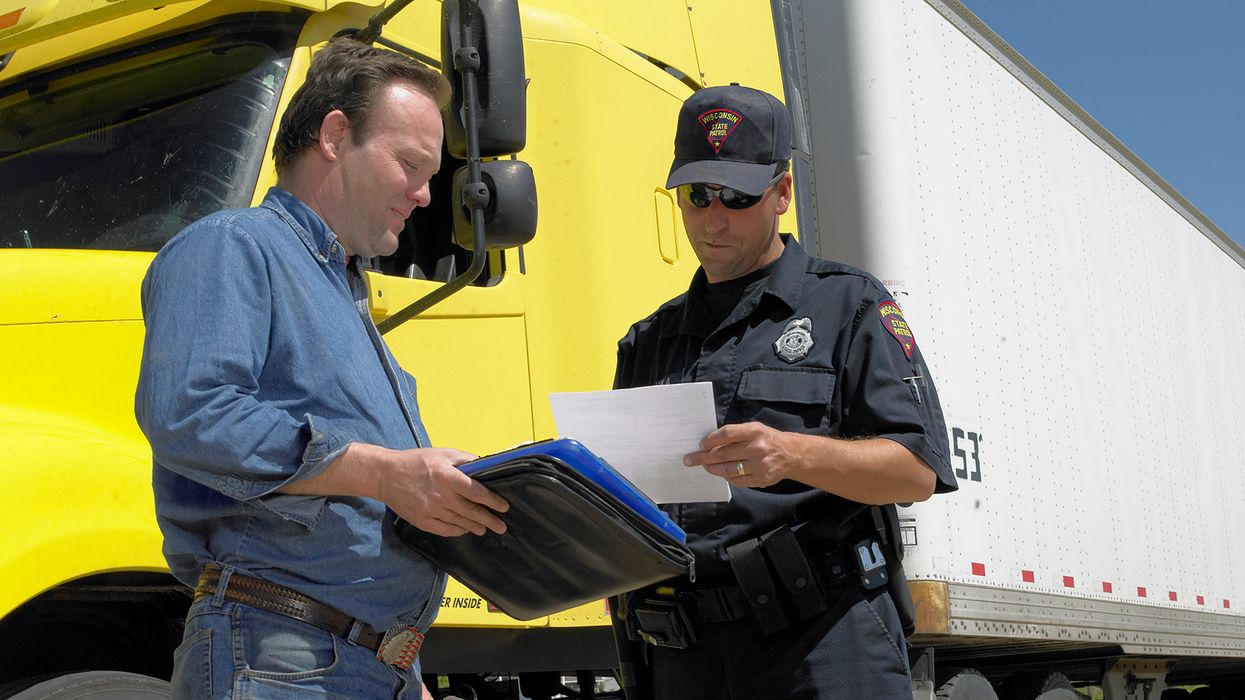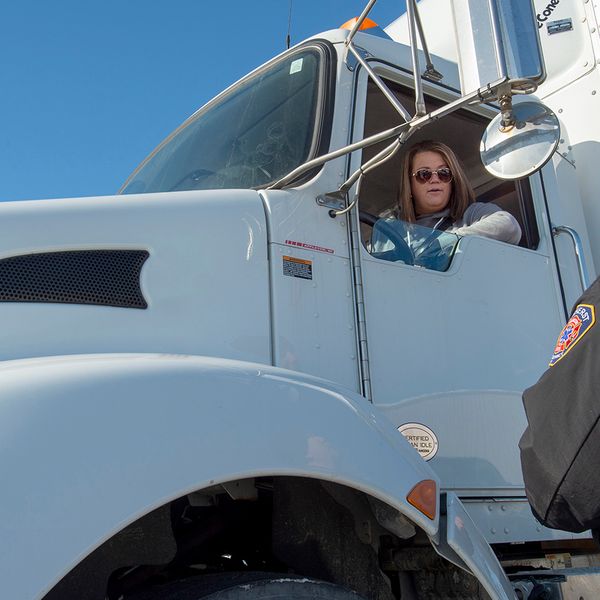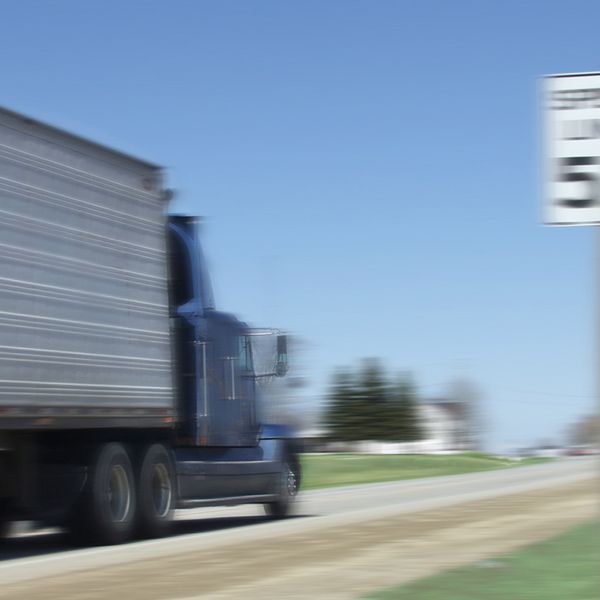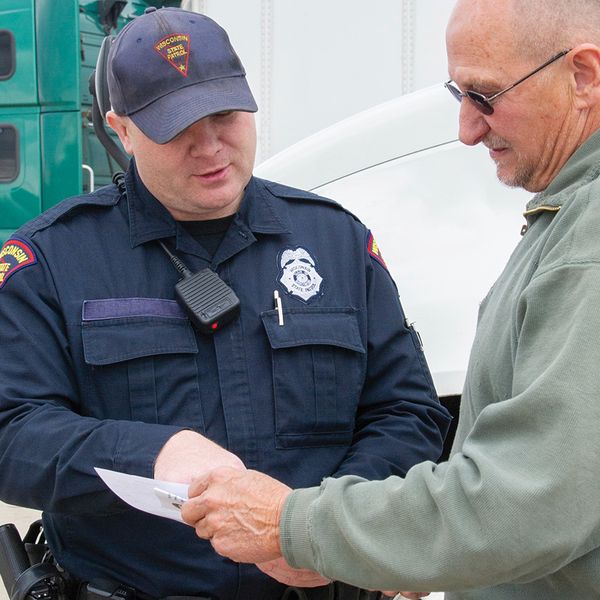What does 392.2C mean on a roadside inspection report?
Most motor carriers review their roadside inspection reports for the obvious reasons: fixing mechanical defects and identifying unsafe or noncompliant driver behavior.
Some violations are easy to decipher, such as a burned-out light bulb or exceeding the speed limit by a specific range. Others take a little more to figure out, such as doing the math to determine when and how a driver exceeded hours-of-service (HOS) limits. Then there are all those 392.2 violations with suffixes. Some count against a carrier’s Compliance, Safety, Accountability (CSA) scores, while others do not, depending on whether they contribute to causing a crash.
One that often baffles motor carriers is 392.2C.
What is 392.2C?
Section 392.2C is enforcement’s code for “failure to obey traffic control device.” The C stands for control.
The citation appears in the severity table for the Unsafe Driving BASIC (Behavior Analysis and Safety Improvement Category). The violation has been assigned a value of 5 out 10, with 10 being the most severe. The violation is used when calculating both the carrier’s and driver’s Unsafe Driving BASIC scores.
In most instances, the traffic control device is not a signal light or stop or yield sign. Rather, it is the sign that instructs the driver to pull into a weigh station.
| View our Weigh Stations ezExplanation for additional information. |
Who must pull into a weigh station?
The vehicles that must stop at scales and inspection locations vary from state to state and even from location to location within a state. The “weigh scale ahead” or similar sign should be the driver’s guide.
If the sign reads:
- All vehicles over 16,000 pounds, the driver can safely bypass the scale if under the weight threshold.
- All commercial motor vehicles, the driver should pull in. It is far better to be waived or green lighted through than to be chased down.
Often those who operate commercial vehicles not requiring a commercial driver’s license, such as a large pickup truck or small box truck, mistakenly believe weigh scale inspections are just for larger rigs.
What happens when a driver ignores signage?
If a driver goes past a weigh station without pulling in as directed by a traffic control device, enforcement will pursue and pull over the driver. The officer will then escort the driver back to the weigh station for a roadside inspection.
Even if the driver was honestly confused whether the sign applied to the vehicle, it is too late. And more than likely enforcement’s interest has been piqued. It is highly unlikely the driver will be waived through at this point, and 392.2C will be entered on the roadside inspection report.
Handling violations
CSA’s enforcement model suggests finding the root cause of roadside inspection violations to prevent future occurrences and ultimately improve BASIC scores.
A violation of 392.2C may have one of several root causes, such as:
- Confusion over applicability
- Inattentiveness (missing the sign)
- Running late
- Risky behavior (taking the chance that no one will pursue)
- Concern over other violations discovered once stopped
Whatever the reason, it must be addressed with the driver. Corrective actions range from refresher training to termination. If the driver was trying to avoid enforcement for other reasons (drugs, alcohol, over HOS limits), these other violations need to be addressed accordingly.
Key to remember: Failing to obey a traffic control device will be used in calculation of the CSA Unsafe Driving BASIC scores. Motor carriers should address the root cause of the violation so it does not recur.


















































